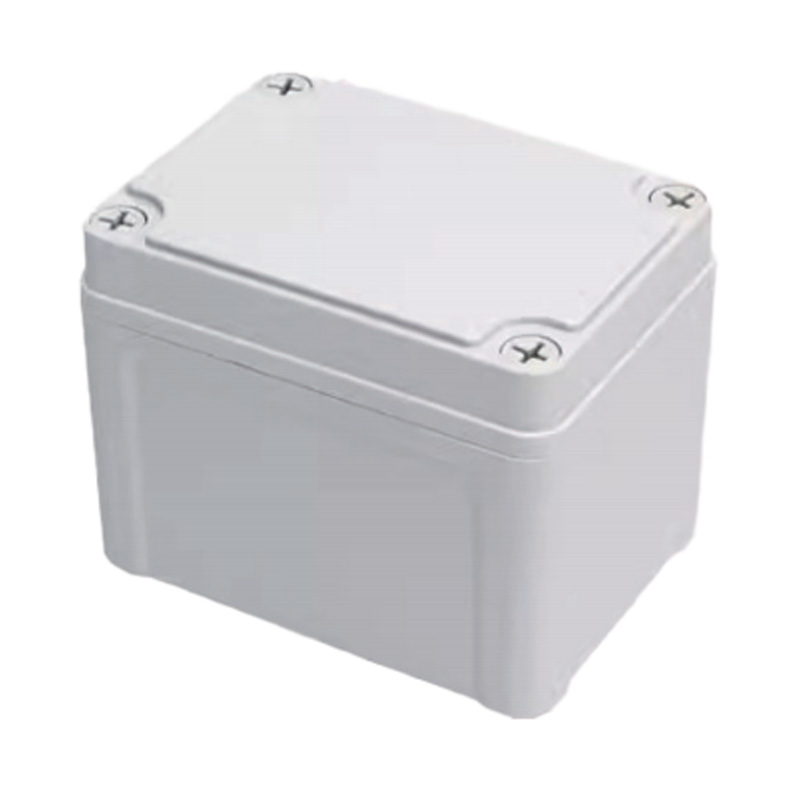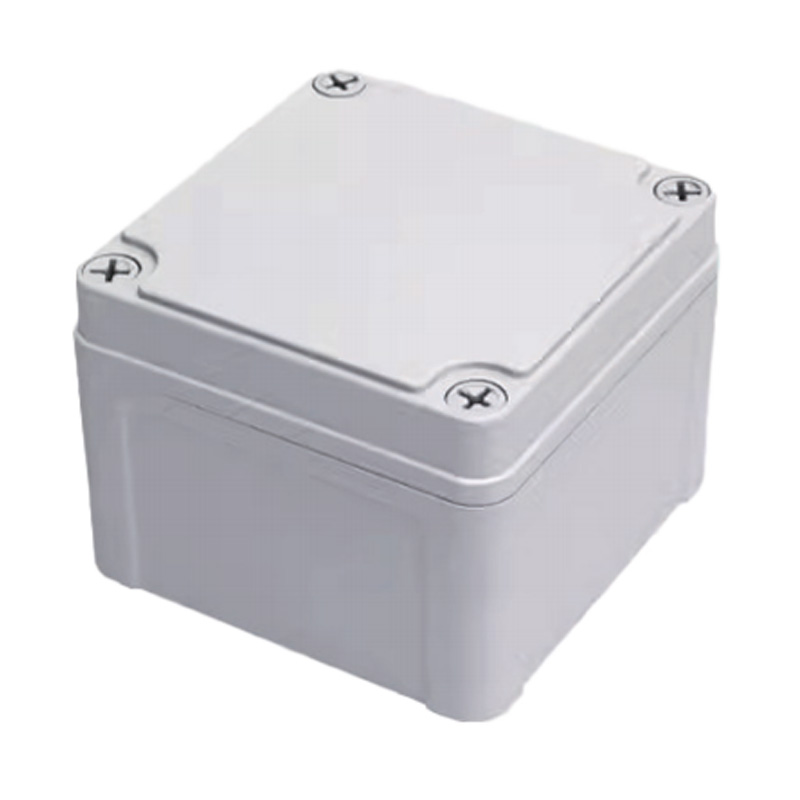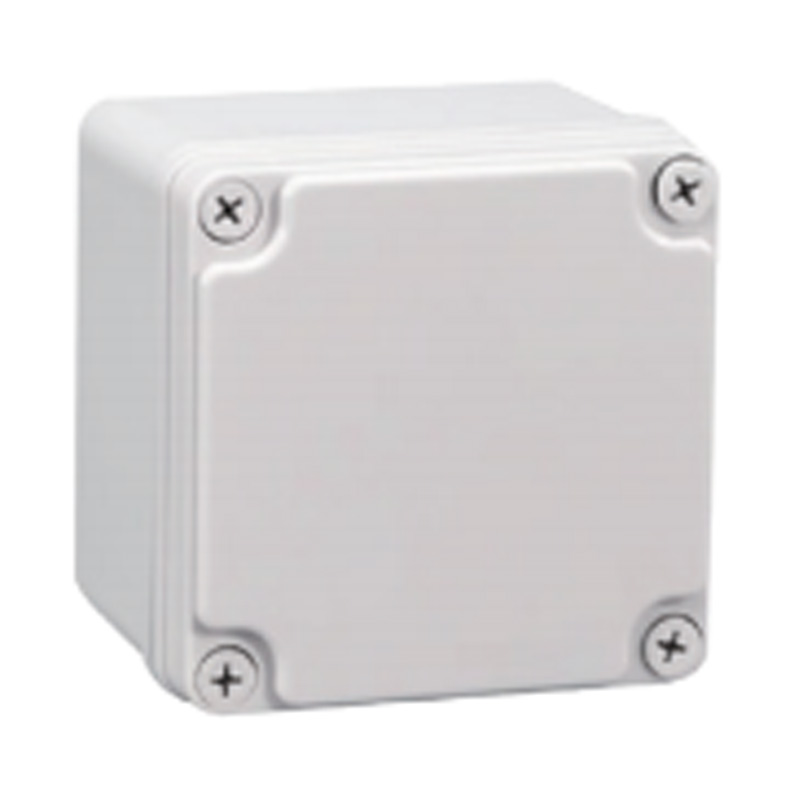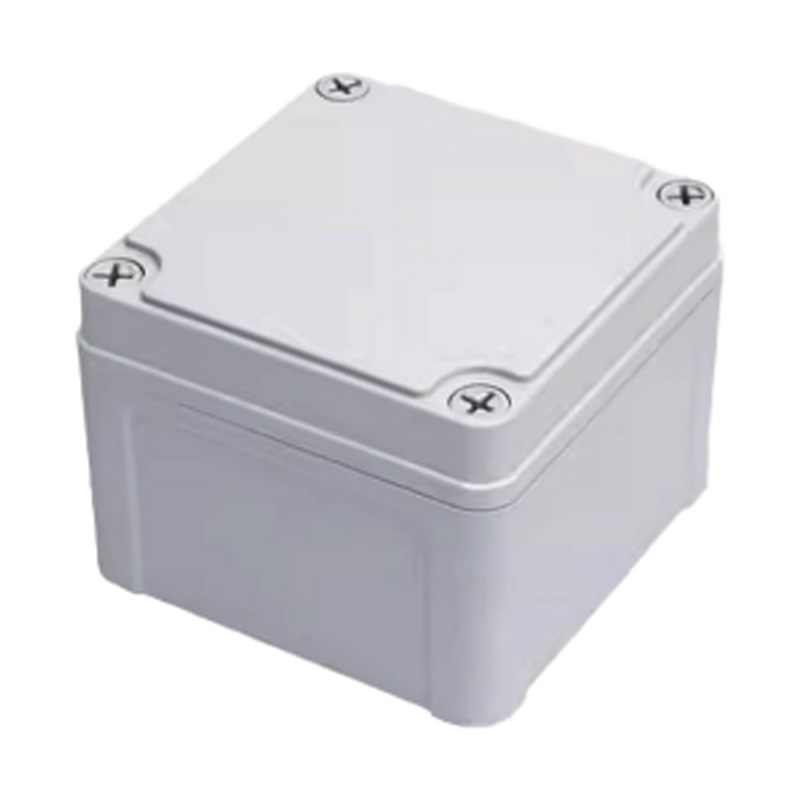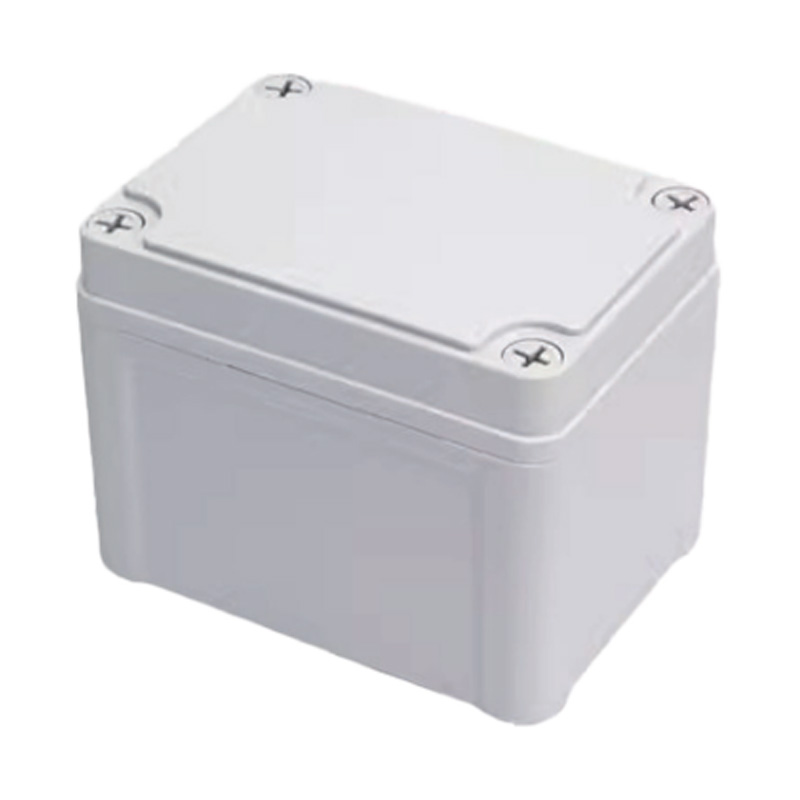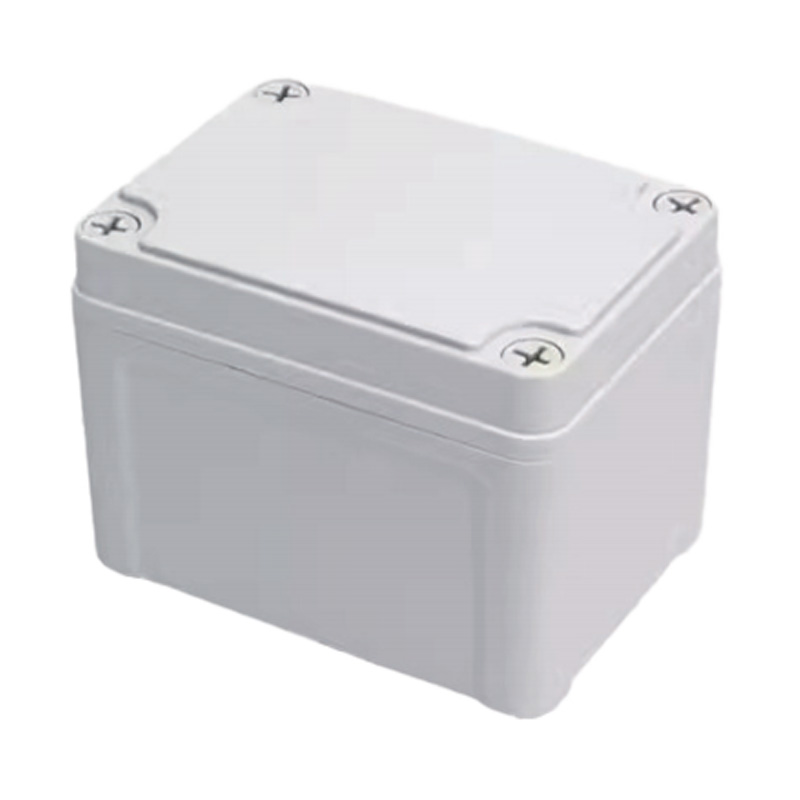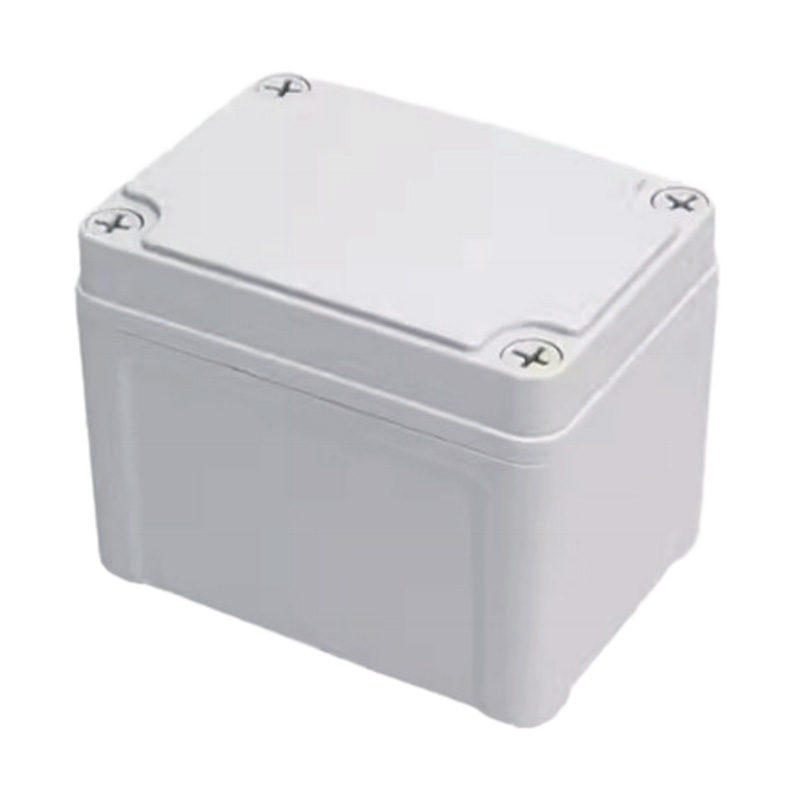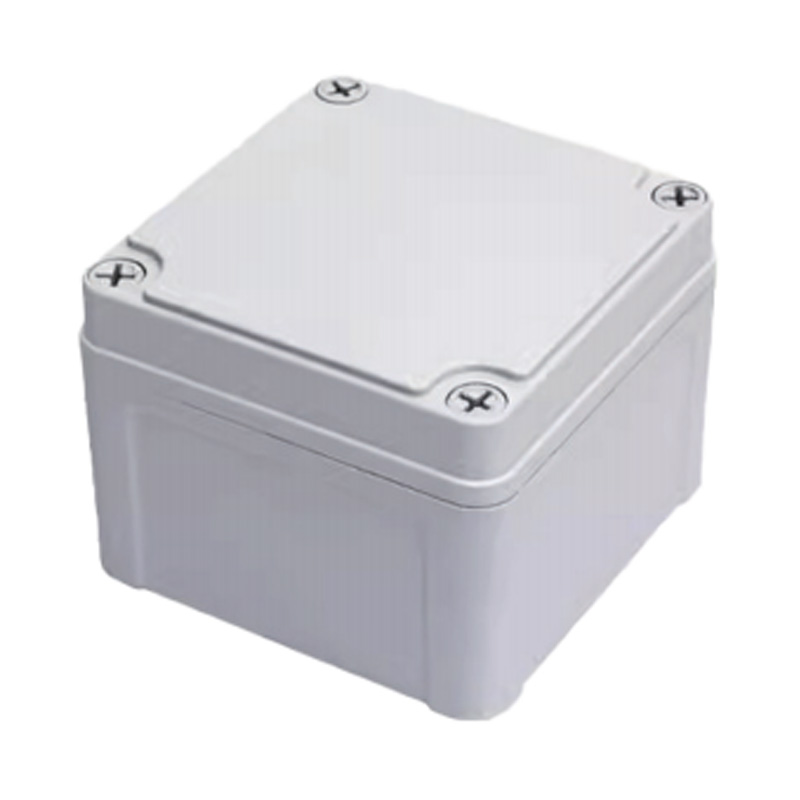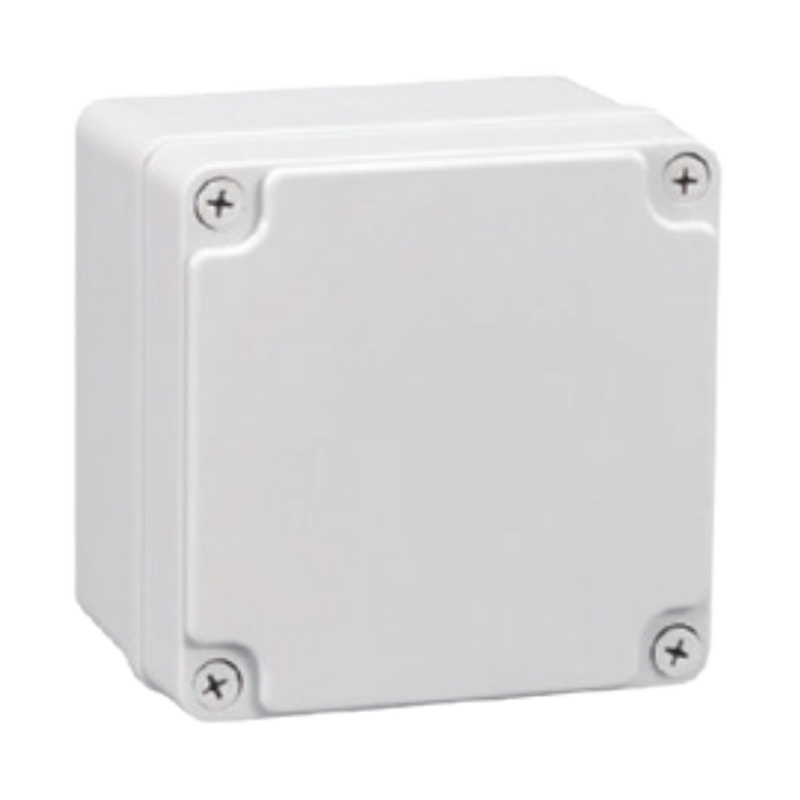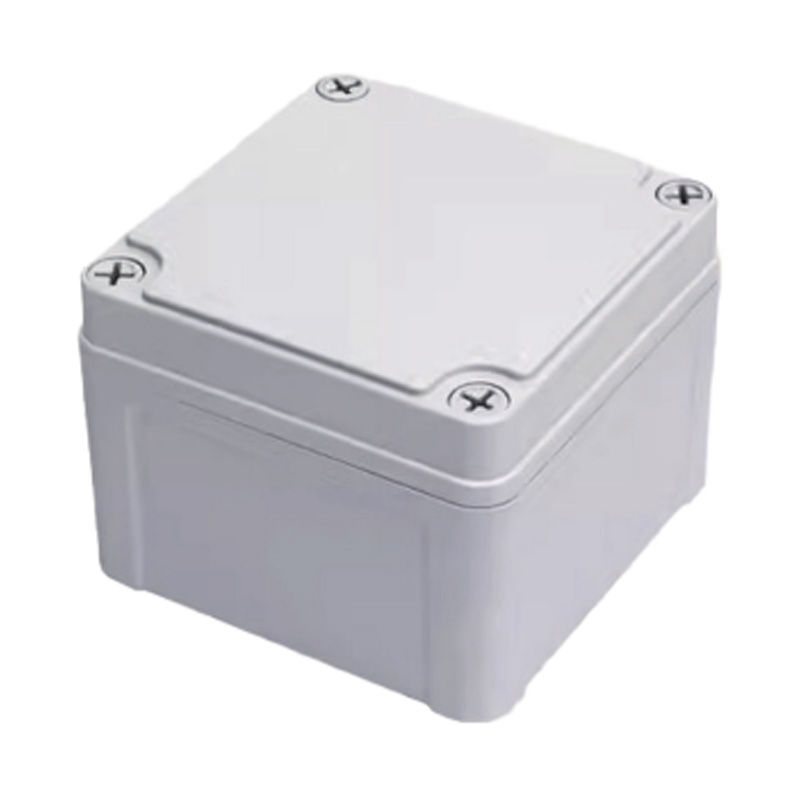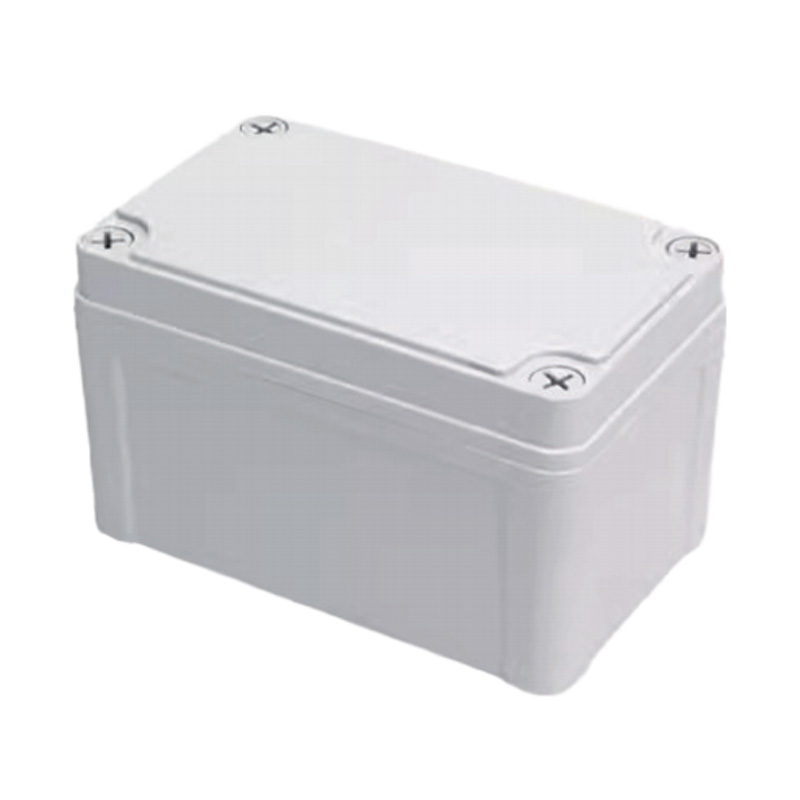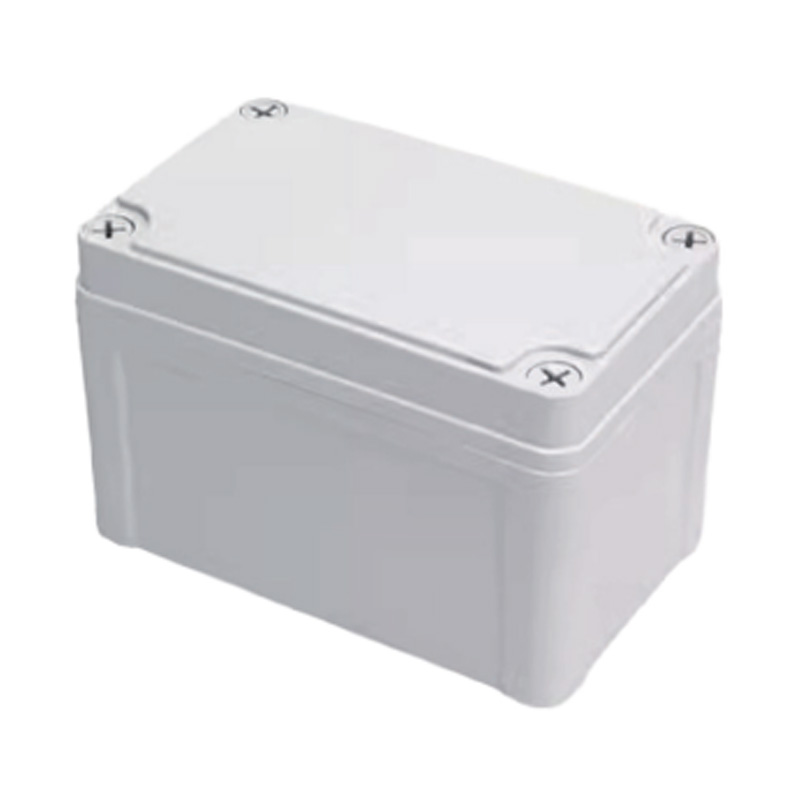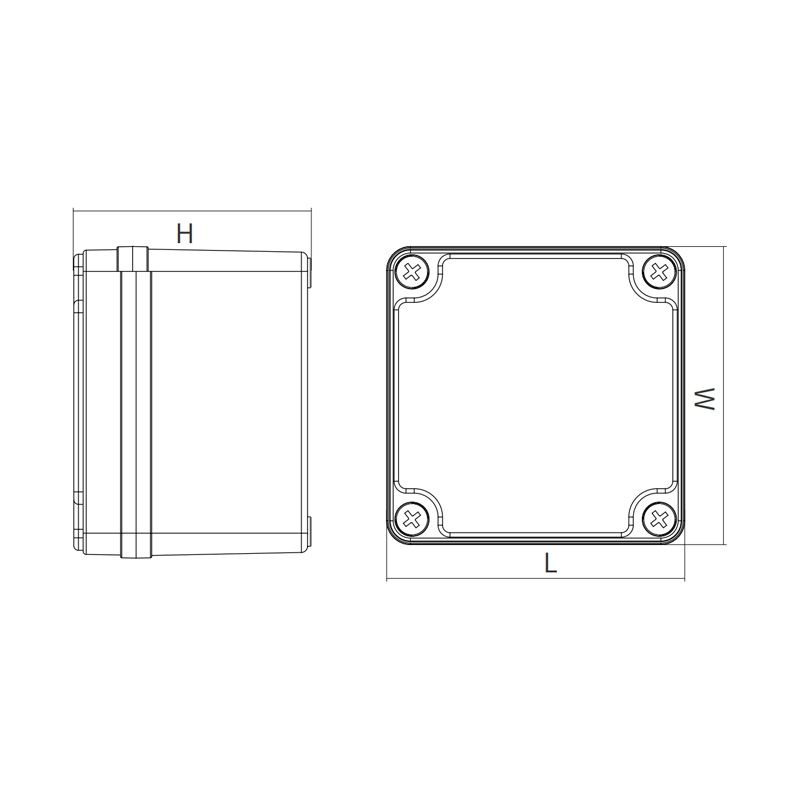Understanding and selecting the correct IP rating is essential when choosing a Waterproof Junction Box or Waterproof Distribution Box. It ensures safety, reliability, and long-term...
READ MORE-
-
Outdoor electrical installations face unique challenges that require specialized components to ensure their reliability and safety. Among the more important components are metal ca...
READ MORE -
Durability is a key factor when designing and maintaining electrical systems. With so many environmental challenges that electrical installations face—such as excessive temperature...
READ MORE -
Safety compliance is not just about adhering to regulations; it’s about protecting people, equipment, and infrastructure from the risks of electrical hazards. Electrical fires, sho...
READ MORE
Industry Knowledge Extension
What Precautions Should Be Taken When Using the AG Series Plastic Waterproof Junction Box?
The AG Series Plastic Waterproof Junction Box is a reliable component for managing electrical connections in demanding environments. However, its performance and longevity are contingent upon correct installation and usage. Adhering to specific precautions ensures the box maintains its integrity, protecting the connections within from moisture, dust, and physical damage.
Proper Sealing and Gland Installation
The cornerstone of the junction box's waterproof ability is its sealing system. It is crucial to ensure the lid is properly seated and all fasteners are tightened evenly and to the manufacturer's specified torque. Overtightening can strip threads or crack the housing, while undertightening will leave gaps. Furthermore, each cable entry point must be fitted with a correctly sized cable gland. The gland must be compatible with the cable's diameter to form a tight seal; using a gland that is too large will allow water and dust to ingress, negating the box's protective value.
Environmental and Load Considerations
Always confirm the box’s IP (Ingress Protection) rating is suitable for its intended location. An IP65 rating, for example, protects against low-pressure water jets but not prolonged submersion. The box should also not be exposed to direct UV light for extended periods unless specifically rated as UV-stabilized. Internally, avoid overfilling the box. There must be sufficient space for heat dissipation from the connections (such as from wire nuts or terminal blocks) to prevent overheating, which can degrade the plastic and pose a fire risk.
Regular Inspection and Maintenance
A waterproof junction box is not a "fit and forget" component. Its seals can degrade over time due to temperature fluctuations, exposure to chemicals, or mechanical stress. Establish a routine inspection schedule to check for cracks in the housing, brittleness in the seals, and any signs of moisture inside the box. Proactively replacing worn cable glands and seals is a simple maintenance task that prevents costly electrical failures and safety hazards down the line.
What are the Features of the Waterproof Cable Box?
A waterproof cable box, often referred to as a junction box, is engineered with specific characteristics that enable it to protect electrical connections from external elements. These features work in concert to provide a safe, durable, and long-lasting enclosure for critical wiring.
High IP Rating: The defining feature is its Ingress Protection (IP) rating, such as IP65, IP66, or IP67. This signifies a high level of protection against solid objects like dust (6) and against water (5, 6, or 7), making it suitable for outdoor, industrial, or wet environments.
Robust Material Construction: These boxes are typically manufactured from high-grade engineering plastics like polycarbonate (PC) or ABS. These materials offer impact resistance, durability, and protection against corrosion, rust, and chemical exposure, which are common issues with metal boxes in harsh conditions.
Integrated Sealing System: A key feature is the presence of a silicone or rubber gasket that lines the lid. When the lid is fastened shut, this gasket compresses to form an airtight and watertight seal, preventing moisture from entering the enclosure.
Cable Gland Entries: The boxes are equipped with multiple knock-out holes or threaded entries designed for waterproof cable glands. These glands lock the cables in place, provide strain relief to prevent pulling on the internal connections, and complete the seal around each individual cable.
What are the Advantages and Disadvantages of the PVC Junction Box?
PVC (Polyvinyl Chloride) junction boxes are a common sight in electrical installations. They offer a specific set of benefits and drawbacks that make them suitable for certain applications while less ideal for others.
Advantages:
Cost-Effectiveness: The primary advantage of PVC boxes is their low cost. They are one of the economical options available, making them the go-to choice for large-scale residential or commercial projects where budget is a major concern.
Corrosion and Chemical Resistance: PVC is inherently resistant to corrosion, rust, and many acids, alkalis, and salts. This makes it an choice for damp environments like agriculture or certain chemical settings where a metal box would quickly deteriorate.
Electrical Insulation: As a plastic, PVC is a natural electrical insulator. This enhances safety by preventing accidental grounding or short circuits if a live wire comes into contact with the inside of the box.
Disadvantages:
Limited Temperature Tolerance: A significant drawback is PVC's susceptibility to heat. It has a much lower melting point and lower continuous service temperature compared to materials like polycarbonate or metal. It can become brittle in cold and may deform or melt if exposed to high temperatures from an electrical fault or external source.
Lower Impact Strength: While resistant to corrosion, standard PVC is more brittle and offers lower impact resistance than alternatives like polycarbonate or fiberglass. It can crack or shatter if struck with force, potentially exposing live wiring.
UV Degradation: Standard PVC is not UV-stabilized. When used outdoors exposed to direct sunlight, the material will degrade over time, becoming discolored, brittle, and prone to cracking. For outdoor use, UV-stabilized variants are required.


 English
English 中文简体
中文简体 Español
Español عربى
عربى

